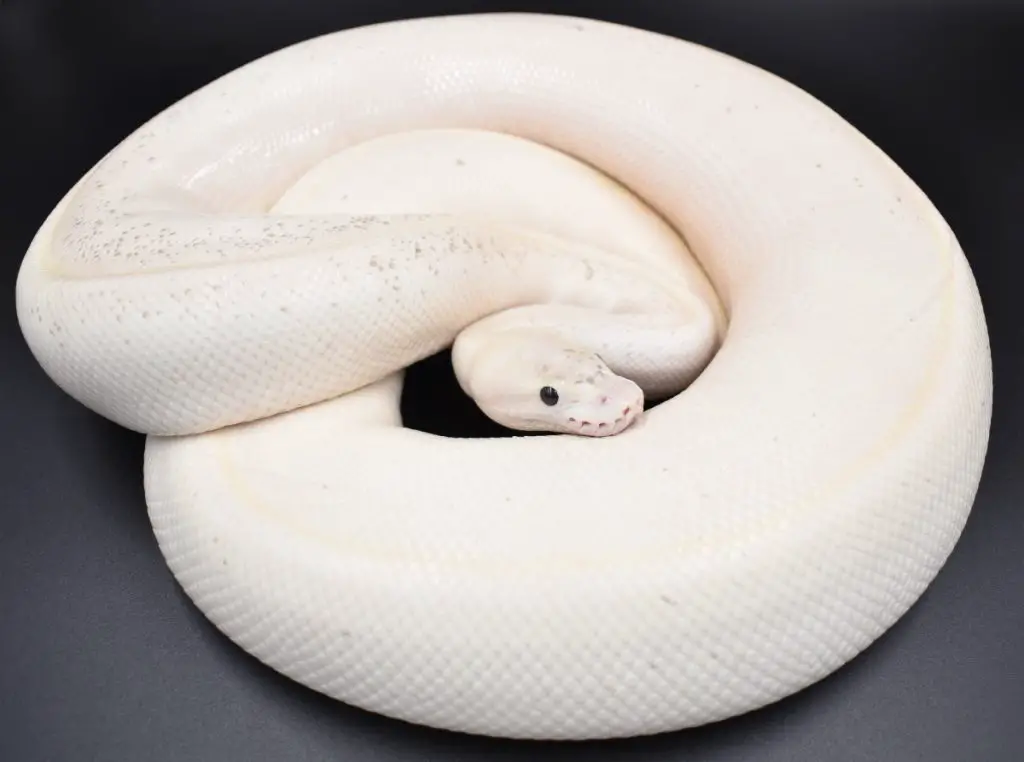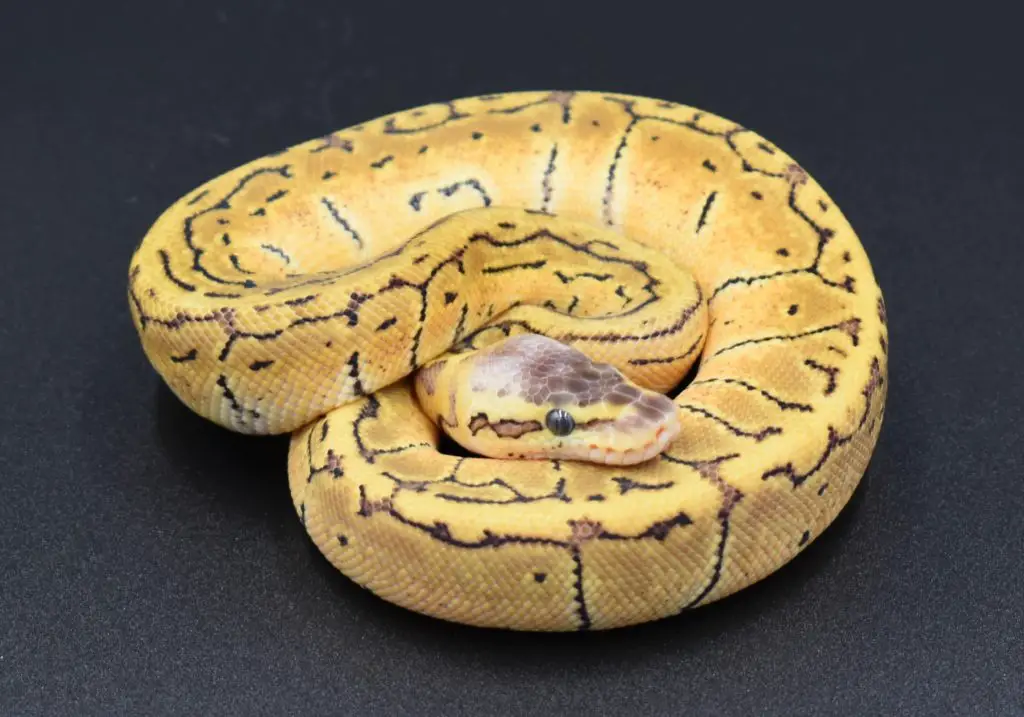This site features a variety of morphs, but it’s fair to say there are some popular Ball Python morphs that have done more for our hobby than others. In fact, a lot of people who keep these snakes got into the hobby after seeing a particular morph – I know Pastel and Coral Glow did it for many of us.
In this article, we’ll take a brief look at how some of these genes have helped our hobby grow, before providing you with some great morph guides on them.
Impact of popular morphs
As I mention above, certain morphs have caught the eye of many hobbyists and drawn them into the Ball Python breeding obsession. In fact, I’m not sure that this snake would have achieved the same level of worldwide success if it weren’t for its wild variations in color and pattern.
Back in the day, the albino gene got a fair few people interested, then when Pastel appeared a whole range of new hobbyists entered the breeding game. Since then, there have been a few other morphs that have had almost as much impact, but how do they do it?
Well, the popular morphs all have a few things in common:
- They change the snake’s color. It’s not always a huge change, but they do it in a way that looks pleasant.
- They change the pattern. This is a huge benefit, as it multiplies the possible visual aspects of different combination morphs that could spring up.
- They go well with other genes. Check this one out for yourself: look at literally any light morph with Orange Dream thrown in mix – it looks better than the original!
Morphs that shape the hobby
Off the top of my head, a couple of examples of morphs that achieve this, and have really shaped the hobby are Piebald and Bumblebee (Spider + Pastel). Before people became aware of neurological issues associated with the Spider gene, they were blown away by the Bumblebee morph.
I know of at least one breeder who got into the hobby after seeing a Bumblebee for the first time. As for Piebald, it’s maintained very high popularity since it was first produced by Peter Kahl Reptiles in 1997. It’s probably gotten more people into the hobby than any other gene.

Popular recessive genes make our hobby a business
The immense popularity of the Piebald gene has almost been matched by another recessive gene these days: Clown. And this brings the particular benefit of popular recessive genes.
In a nutshell, recessive genes are a little more complicated to breed, and maintain higher prices. Moreover, when they first hit the market they command very, very, high prices!
The result is that hobbyists who enjoy keeping Ball Pythons can make them into an investment through a recessive breeding project. If that recessive morph is extremely popular, like Clown or Piebald, then the chances of a high return are reasonably favorable.
Morphs that withstand the test of time
Another cool thing about morphs that gain high notoriety is that they seem to withstand the test of time. They drop in price over the years, then get added to a new polygenic morph and find new usefulness.
You’ll notice that they crop up over and over and over again. Let’s look at a few examples:
Example 1: Lemonblast
Lemonblast is a polygenic morph combining Pinstripe, a dominant gene, and Pastel an incomplete dominant gene. It’s been around for years, and is super cheap to buy these days.
In the last few years though, it’s been added to a new combination morph: the Lemonblast Desert Ghost. This morph looks incredible, and given that Desert Ghost is a recessive gene it also commands a high price.
Just like that, Lemonblast is back on top – in a roundabout way.

Example 2: Hypo
Hypo, also known as ghost, has been around for a long time too. It has the effect of washing out the snakes color, and giving it a kind of always-in-shed look.
Needless to say, a lot of people like how interesting it looks when combined with other genes. What happens is whenever new and unusual morphs hit the market, one of the first genes people breed them too is hypo.
Example 3: Butter/Lesser
The Butter and Lesser genes seem to be one and the same, but more to the point they give any polygenic morph a beautiful, rich, buttery color. A lot of breeders say they are one of the genes that give you the most bang for your buck.
Just like hypo, they are often first in line to be added to new breeding projects.
More on the most popular Ball Python morphs:
- Most Popular Dominant and Co-dominant Morphs
- Most Popular Yellow morphs
- Most popular Cheap Ball Python Morphs
Ball Python Morph Topics:
- Introduction
- Recessive Ball Python Mutations
- Single gene Ball Python Mutations
- Polygenic Ball Python Morphs
- Most Popular Ball Python Morphs *You are here
